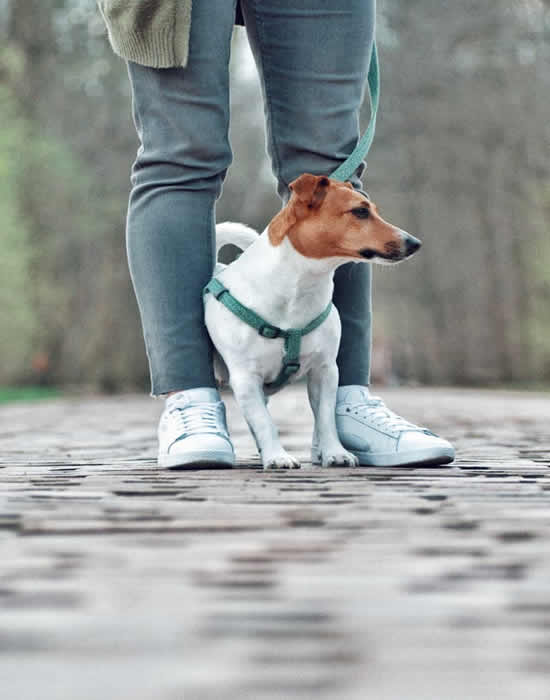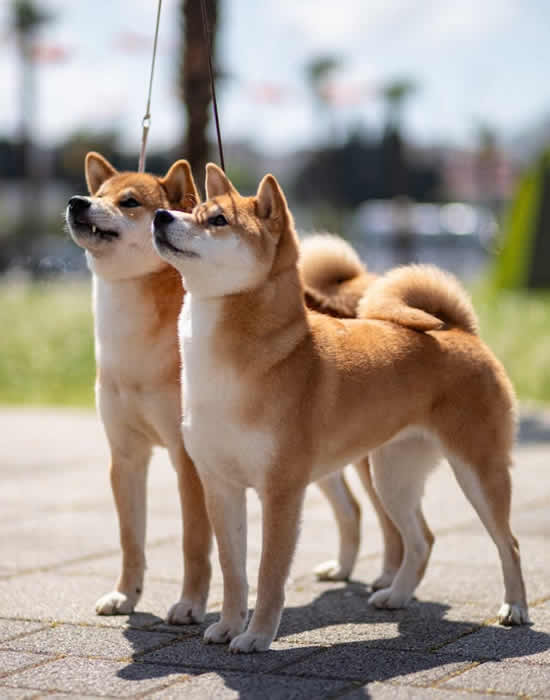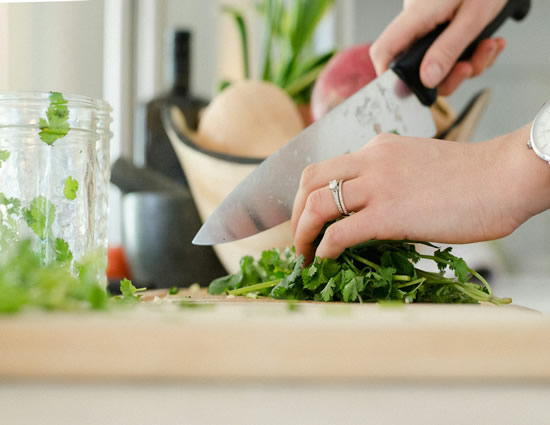Dog Sitting Tips Nobody Tells You (But Every Owner Wishes You Knew)

Think ‘dog sitting tips’ and you probably picture endless cuddles on the couch and joyous romps in the park.
While those moments are certainly part of the job, they represent only the highlight reel. Beneath the surface, for both the owner handing over the leash and the dog watching them leave, there’s a subtle current of anxiety. Most online guides cover the absolute basics—food schedules, walk times, and emergency contacts. But the gap between a good-enough sitter and a truly exceptional one lies in the details that aren’t on the checklist.
A 2020 study in Scientific Reports revealed that over 72% of dogs show signs of anxiety. This means the dog you’re watching likely has hidden stressors, from noise sensitivity to separation fears. Your role as a sitter isn’t just to keep the dog alive; it’s to actively minimize that stress. The best dog sitters learn to think like the owner and understand the dog’s unspoken language and routine.
This guide offers the crucial dog sitting tips that will not only make the experience smoother but will make you an owner’s first choice, every single time.
The Pre-Sit Deep Dive: Questions That Show You Care
You’ve already asked for the vet’s number and the feeding schedule, but that’s just scratching the surface. To truly prepare, you need to conduct a “deep dive” into the dog’s personality and quirks. Asking detailed, non-emergency questions shows a level of professionalism and care that immediately puts owners at ease. Start by asking, “What are their ‘weird’ fears?” It might be the predictable vacuum cleaner or something more specific, like the sound of a plastic bag crinkling or men wearing hats.
Knowing these triggers allows you to proactively manage the environment and prevent accidental terror. Next, inquire, “What’s their specific ‘tell’ for needing to go potty?” Many dogs won’t just bark; they might pace by a specific door, offer a low whine, or stare intently at you after nudging your hand. According to the American Kennel Club, understanding these subtle cues is key to preventing accidents, which are often a primary source of stress for a dog in a new situation.
Finally, ask about their social circle: “Who are their neighborhood friends and foes?” Knowing that the Golden Retriever next door is a beloved playmate and the Dachshund across the street is a sworn enemy is invaluable information for navigating walks safely and enjoyably.
Speaking Dog: How to Read the Room (and the Tail)
One of the most valuable dog sitting tips involves learning to interpret a dog’s silent communication. Reframe the daily walk. It’s not just a bathroom break or a form of exercise; it’s what canine behaviorists call a ‘sniffari’—a scent safari. For a dog, sniffing is the equivalent of us scrolling through our morning news feed. Their olfactory sense is estimated to be 10,000 to 100,000 times more acute than ours, and allowing them ample time to sniff on a walk provides crucial mental stimulation.
A mentally tired dog is often calmer and happier than one that’s only been physically exercised. Similarly, it’s vital to respect the dog’s safe space, whether it’s a crate, a specific dog bed, or a corner behind the sofa. When a dog retreats to this spot, they are signaling a need for solitude and decompression.
Never force them out or crowd them. This is their sanctuary, and respecting it builds an immense amount of trust. Lastly, learn to read more than just the tail. A wagging tail doesn’t always signal happiness; a high, stiff, fast wag can indicate agitation or anxiety. Look for the “full body wag”—a loose, relaxed body, soft eyes, and a sweeping tail motion—as the true sign of a content and comfortable pup.
The Little Secrets to a Happy Dog (and Owner)
Beyond the broad strokes of care, several small secrets can dramatically improve the dog sitting experience. First, understand the magic of a “high-value” treat. This isn’t their standard daily biscuit; it’s a special, highly motivating snack like small pieces of freeze-dried liver, chicken, or cheese. Ask the owner what this treat is and keep a small stash reserved for crucial moments, like building trust on the first day or redirecting them from a potentially dangerous situation.
While a special treat is great for key moments, your most powerful tool for comfort is consistency. Remember that routine is everything. Dogs are creatures of habit, and their internal clocks are remarkably accurate. Adhering as closely as possible to their established feeding times, walk schedule, and even bedtime rituals is the single most effective way to reduce their anxiety. A disruption in routine is a primary stressor for pets, so your consistency provides a powerful sense of security.
Finally, master the art of the update. Don’t just send a generic text saying, “Everything’s fine!” An owner’s peace of mind skyrockets when they receive a photo of their dog looking genuinely relaxed and happy—perhaps snoozing on the couch with their paws in the air or enthusiastically chewing a favorite toy. This visual proof is far more reassuring than words alone and shows you’re actively engaged in their pet’s well-being.
Key Takeaways
- Ask Probing Questions. Go beyond the basics. Inquire about the dog’s specific fears, potty signals, and neighborhood social dynamics to prevent stress and accidents.
- Prioritize Mental Stimulation. A walk should be a “sniffari,” not a forced march. Letting a dog sniff is crucial for their mental health and leads to a calmer, happier dog.
- Respect Their Safe Space. A dog’s crate or bed is their sanctuary. Never force them out of it. Allowing them this space to decompress is essential for building trust.
- Routine is Your Best Friend. Dogs thrive on predictability. Sticking to their established schedule for meals, walks, and bedtime is the most effective way to reduce their anxiety.
- Communicate with Pictures. A photo of a relaxed, happy dog is infinitely more reassuring to an owner than a simple text message. Show, don’t just tell.
- Leave It Better Than You Found It. A quick 10-minute tidy-up before the owner returns—washing bowls, organizing toys—is a small gesture that leaves a huge, positive impression.
Final Thoughts
Ultimately, being a top-tier dog sitter is about proactive empathy and keen observation. It’s about anticipating needs, respecting boundaries, and understanding that you are the temporary guardian of a cherished family member.
When the owner is due to return, implement one last pro-level move: the “better than you found it” departure. Take ten minutes to wash the dog’s food and water bowls, gather and put away their toys, and do a quick tidy of the main living area. Coming home after a trip is already stressful; returning to a happy, healthy dog and a clean, calm house is the ultimate sign of a sitter who has gone above and beyond.
By incorporating these nuanced dog sitting tips into your service, you move beyond simply being a caretaker. You become more than a sitter. You become their dog’s favorite human (after their owner, of course), building a bond of trust that makes you the first and only person they call.
FAQs
1. What should I do if the dog isn’t eating?
It’s common for dogs to have a decreased appetite due to the stress of their owner being away. First, ensure you are sticking to their exact feeding schedule and location. Sometimes, a bit of encouragement, like sitting calmly nearby (without staring), can help. You can try adding a small spoonful of wet food or a tiny, owner-approved “high-value” treat to their kibble to entice them. If the dog refuses to eat for more than 24 hours, it’s important to contact the owner to let them know and to see if they have any other tricks that might work.
2. How can I build trust with a very shy or nervous dog?
Patience is paramount. Avoid forcing interaction. Let the dog approach you. Don’t make direct eye contact, which can be seen as a threat. Instead, sit on the floor and let them sniff you. Speak in a calm, soft voice. Offer high-value treats by gently tossing them nearby rather than forcing the dog to take them from your hand. Move slowly and predictably around the house. The goal is to show them you are not a threat and that good things (like treats and peace) happen when you are around.
3. How often should I be sending updates to the owner?
This is a great question to ask during the initial meeting, as every owner has a different preference. A good rule of thumb is to send at least one quality update per day, preferably with a photo or short video. A morning text saying “Good morning, we’ve had our walk and breakfast!” and an evening photo of the dog relaxing is a great rhythm. If anything unusual or particularly cute happens, an extra update is always appreciated. Avoid bombarding them with messages unless there is a genuine issue.
4. The dog I’m sitting has a bad habit (like jumping on people or barking at the window). Should I try to train them?
No. Your role as a sitter is to manage the dog’s behavior and maintain their current routine, not to implement a new training regimen. Actively trying to train a dog can create confusion and stress, and may conflict with the owner’s methods. The best approach is to manage the situation—for example, by keeping the dog on a leash when guests arrive to prevent jumping, or by closing the curtains to reduce barking at passersby. Stick to the owner’s established commands and rules to provide consistency.











